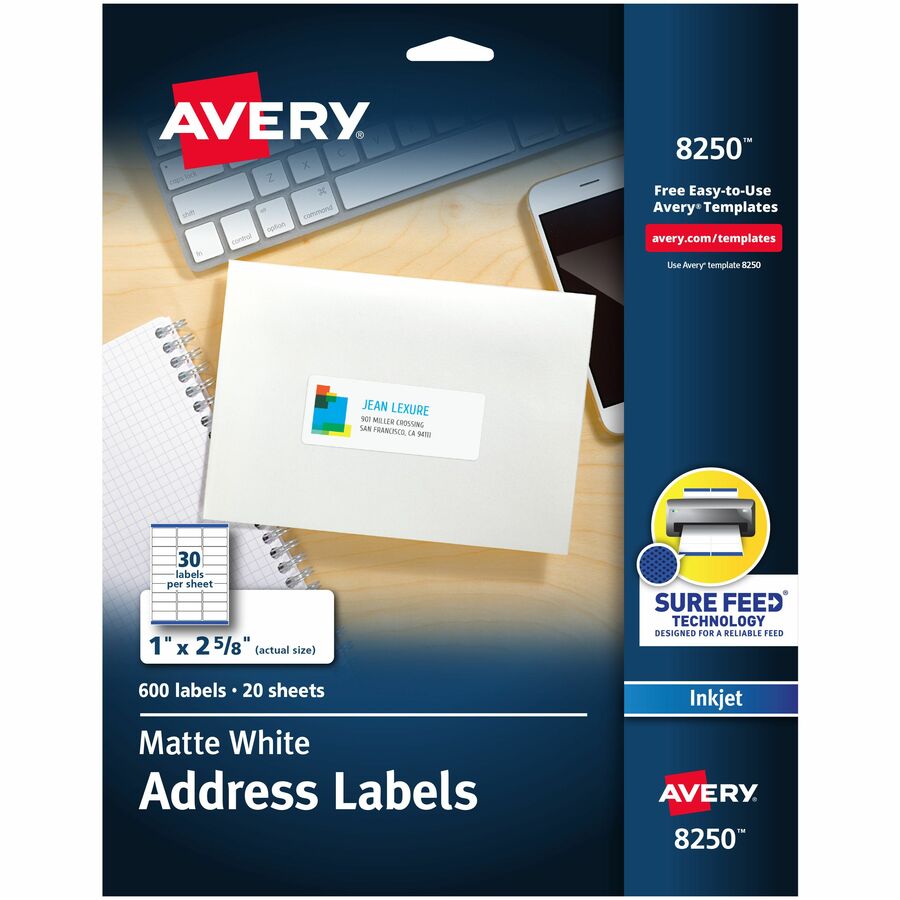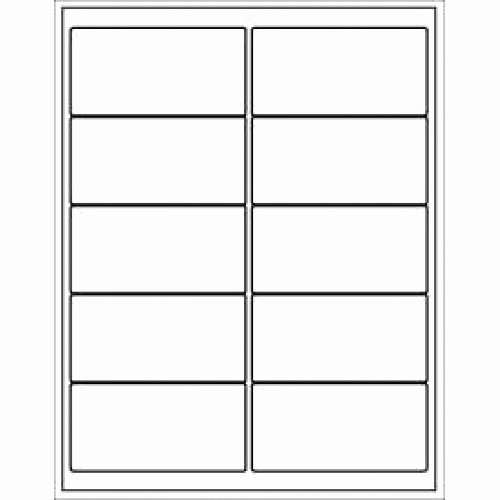

- Avery templates for ms word how to#
- Avery templates for ms word pdf#
You can click and drag your mouse to manually adjust the margins, shifting the template up or down (with the ruler on the left) or shifting it right or left (with the ruler at the top)
Hover your mouse between the white and gray part of the ruler until you see a two-headed arrow appear.  Once this is checked, you will see a Ruler appear at the top and left side of the document. At the top of your Word program, select View and check the Ruler box. If you are still having issues with alignment, you can try using Word’s ruler to manually adjust the margins of the template:
Once this is checked, you will see a Ruler appear at the top and left side of the document. At the top of your Word program, select View and check the Ruler box. If you are still having issues with alignment, you can try using Word’s ruler to manually adjust the margins of the template: Avery templates for ms word pdf#
Save the Word Document as a PDF file and do a test print to see if that helps with the alignment. Make sure that the typed information is within the guidelines of the template and is correctly aligned. Yes, it's one more confusing thing to learn, but it will be less confusing if you explain it up front.Here are a few options to troubleshoot a misalignment in Microsoft Word:ĭouble-check that you are using the correct template for your Avery Product If all else fails, just educate your users. So that may help to at least differentiate the multiple cursors. It should blink only in the label that is in active focus. You can usually set the blink rate in the OS. The active I-beam cursor blinks, so that may provide a mechanism to at least reduce confusion. There should be a way to build a template that doesn't display multiple insertion points. Or it could be an artifact of how that template was designed. It's possible that it is caused by a mismatch, such as the template being designed to work with an older or newer version of Word. It would be easier to investigate if the behavior can be replicated. You could try reloading the template or Word (and I believe Microsoft has an Office cleanup tool that checks for corruption). It's possible that the display of multiple insertion points is a bug. Anything you would do to modify it would likely need to be done at the OS level, and would affect all text activity in all applications. I don't believe there is any way to hide them. Normally, there is only one insertion point, but for some reason, Word is showing the insertion point on each label on the first sheet. Without having the Avery template, it isn't clear how the individual labels are created (a table? text boxes? multiple small "pages"?). I don't have ready access to Word, so I can't validate all this information. Avery templates for ms word how to#
So that's what it is, and you raise the questions of why it appears in multiple locations, why the first sheet is different from subsequent sheets, and how to hide it (or make it less confusing for the users). It is actually controlled by the operating system rather than Word. It marks the text insertion point and can be used for text selection. You added clarification in a comment on the question that you are interested in the "I-beam" cursor. Good discussion of the formatting symbols and controlling them can be found here (these images are from that link). The keyboard shortcut Ctrl + * should also work.

One is accessible through the paragraph marker symbol on the Home tab: There are several ways to control display of formatting marks.

I don't have ready access to Word, but if I remember correctly, this is not one of the symbols that has an individual override option (displayable even if formatting marks are off). You should be able to switch display of the symbol on or off with Show/Hide formatting marks. It is displayed in cells and it marks the end of the last paragraph in the cell or the end of the cell.








 0 kommentar(er)
0 kommentar(er)
